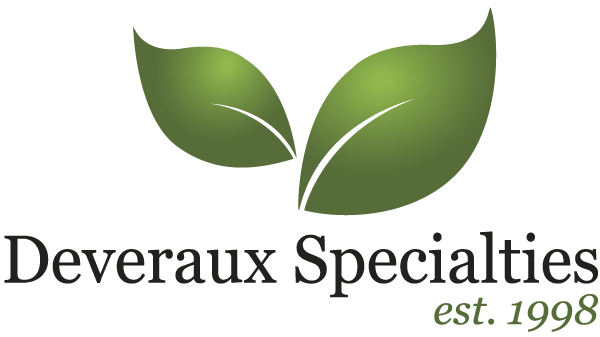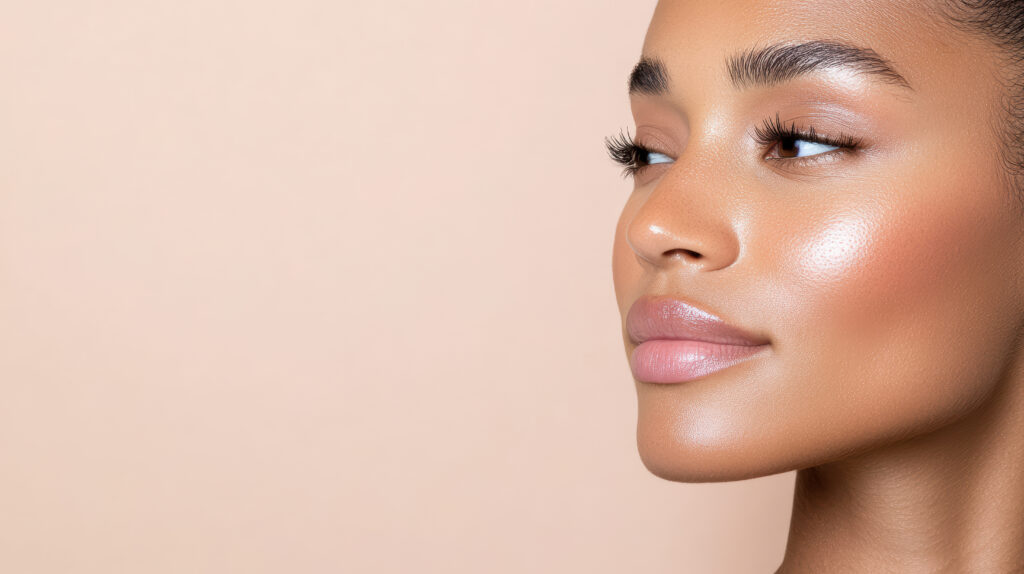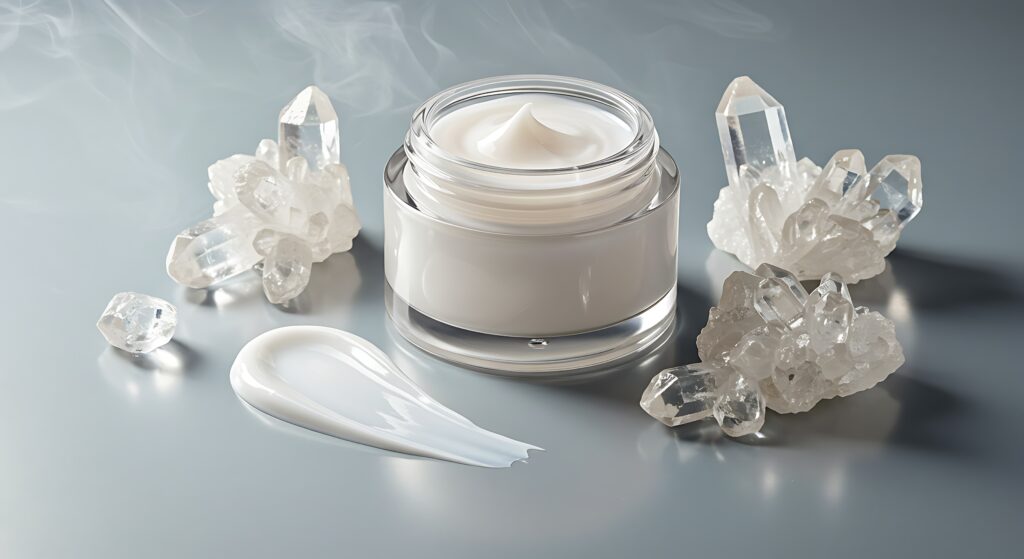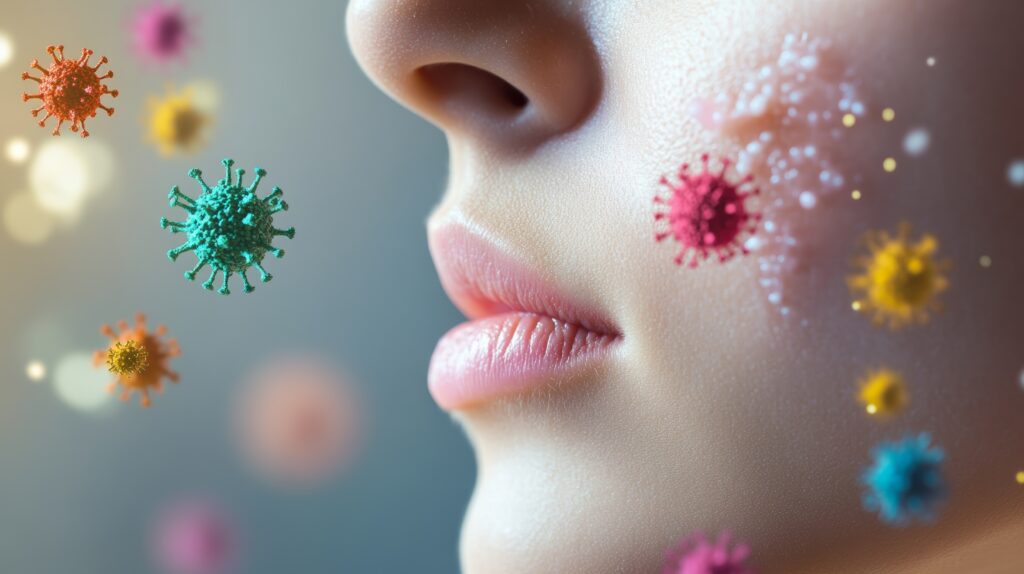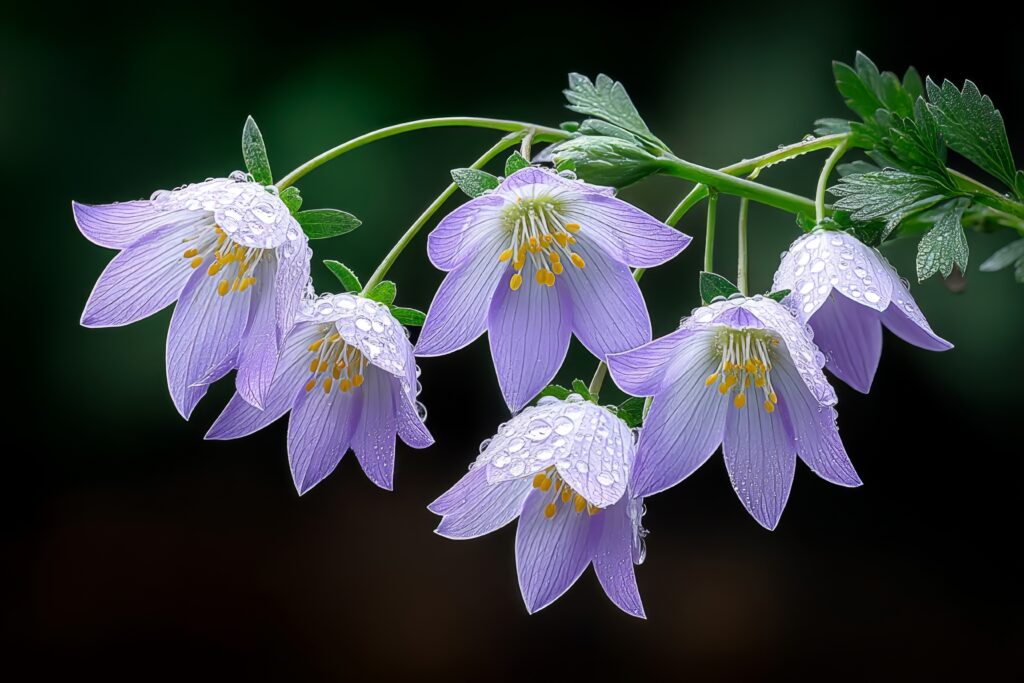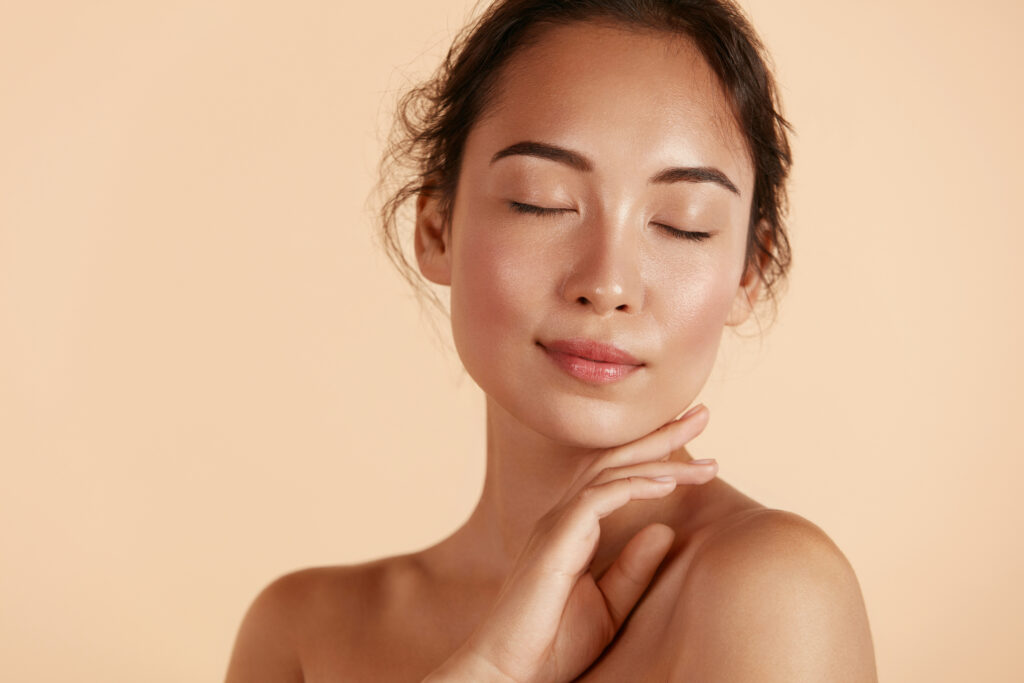Why timing your actives matters
Formulators routinely optimize what goes into a product. Today, evidence suggests that when a product is used can be just as important. Human skin runs on a 24-hour program: clock genes in the epidermis cycle predictably, and barrier behavior, lipid composition, and inflammatory tone change across the day and night. Recent work in human skin confirmed robust circadian oscillations of core clock genes and showed that rhythm amplitude can vary by body site (Cvammen et al., 2024). In parallel, a 24-hour lipidomics study reported significant diurnal changes in skin-surface lipids and physiological parameters—evidence that barrier priorities in the morning are different from repair priorities at night (Lv et al., 2024). These data make a practical point for R&D: the same active may deliver different value at 8 a.m. than at 10 p.m. (Cvammen et al., 2024; Lv et al., 2024).
The market is moving in the same direction. Trade reporting shows consumers consolidating routines and embracing “preventative” behavior—consistent day–night care rather than reactive fixes—while brands invest in sleep- and circadian-aligned messaging (Stern, 2025; Vogue Business, 2025). That context favors an AM/PM architecture that aligns product claims with biology and daily habits. (Stern, 2025; Vogue Business, 2025.)
Scattered claims, diluted outcomes
Two practical issues tend to undermine time-based strategies. First, claims scatter when formulas aren’t sequenced. A single product that tries to be UV recovery, stress defense, and firming often compromises on solvent systems, use levels, and textures. Second, night-time “remodeling” frequently relies on irritation-prone pathways that cause dropout. Both issues improve when endpoints are assigned to the time of day in which skin biology is most receptive—and actives are selected for those windows with compatible formats. (Cvammen et al., 2024; Lv et al., 2024.)
Science can map those windows. Human epidermis shows predictable peaks and troughs in clock-gene expression (Cvammen et al., 2024), while a 24-hour study documented rhythmic changes across major lipid classes and parameters such as moisture and temperature (Lv et al., 2024). There’s also evidence that topicals can preserve or re-entrain circadian markers under stress—suggesting that cosmetics can support the skin clock rather than merely ride along with it (Hettwer et al., 2020). The combined picture supports defense and rapid post-exposure support in the morning and structural remodeling at night. (Hettwer et al., 2020.)
Exposure matters, too. Emerging chronobiology from No7 and the University of Manchester—presented in 2025—highlights that repair-related transcripts cluster overnight (≈ 2–4 a.m.) and that chronic UV “jet-lags” the skin clock, damping this activity. That is a strong rationale for pre-bed application of recovery and remodeling actives while anchoring defense and comfort in the morning (No7 Company, 2025; The Times, 2025).
The Akosky™ solution — One toolbox, two windows
Akott’s Akosky™ range lets you build a circadian routine without bloating the INCI list. The framework is straightforward: AM = defense + rapid recovery; PM = structure + contour; and targeted peripherals where longer dwell time pays off.
Why the AM/PM split works
AM: For defense with recovery “head starts.”
Morning priorities are barrier support, stress moderation, and rapid resolution of micro-damage from routine exposure. Pink Beauty demonstrates reduced CPDs in UV-irradiated keratinocytes and an epigenetic mechanism consistent with faster DNA self-repair—highly compatible with daytime needs. Mindlight addresses the cutaneous stress response by limiting the cortisone-to-cortisol conversion (11β-HSD1), which links mechanistically to improvements in visible evenness and comfort during daily stressors. A thin gel-cream base with humectants, film formers, and SPF-friendly sensorials keeps the routine layerable. The approach aligns with literature showing that circadian markers and skin physiology shift during the day, justifying a defense-first AM design.
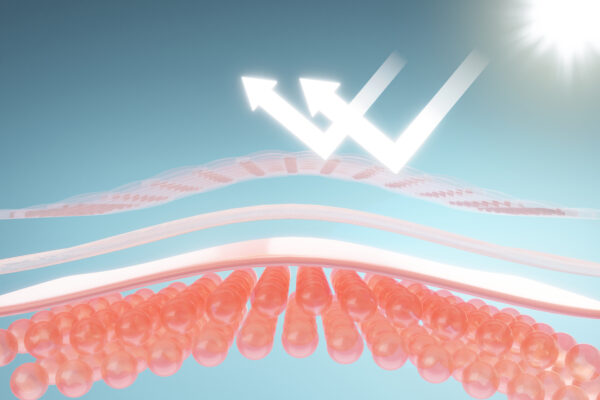
PM: When biology favors remodeling.
Clinical and media reporting around 2025 chronobiology work emphasize a peak in repair-related transcripts overnight and a dampening of this peak with chronic UV (No7 Company, 2025; The Times, 2025). That timing supports Ethernal for collagen stimulation and visible wrinkle mitigation alongside Vanity for ECM reinforcement and elasticity. Where retinoids are desired, Vanity’s water compatibility lets you build a layered routine: apply a Vanity serum first, then a retinoid cream; or alternate nights to reduce irritation—an operational tactic for better compliance. Apium fits as an optional adjunct: a hydrosoluble, plant cell–culture active that supports ECM architecture (pro-collagen I/III, fibronectin) and is well suited to richer creams or body serums where longer contact time helps translate signals into perceivable smoothness—without displacing the Ethernal/Vanity core (Premium Beauty News, 2014; Happi, 2014).

Peripherals: format to endpoint and contact time.
Kiss belongs in wax-oil sticks, balms, or sleeping masks to extend dwell time while the active addresses adipocyte-related endpoints and perioral fine lines. Azuki performs in aqueous/hydroalcoholic tonics with precision applicators for scalp and lash; nocturnal leave-on use aligns with anagen-support claims and microcirculation observations in clinical summaries. These timings are not arbitrary; they exploit the nocturnal lull in environmental stressors and the consumer’s willingness to leave products on longer.
Evidence context: circadian biology is actionable in cosmetics.
Peer-reviewed research documents human epidermal clock-gene cycling (Cvammen et al., 2024), day–night lipid and physiology shifts (Lv et al., 2024), and topical strategies that preserve circadian markers under stress (Hettwer et al., 2020). A 2025 clinical-molecular paper further demonstrates that a topical formulation can modulate gene and protein biomarkers of circadian entrainment—useful precedent when designing time-stamped protocols and endpoints (DeHaven et al., 2025). For substantiation, design AM and PM panels separately (e.g., redness, TEWL, tone uniformity for AM; elasticity, firmness, wrinkle depth for PM), and capture usage timing in subject diaries to align outcomes with biology. (Cvammen et al., 2024; Lv et al., 2024; Hettwer et al., 2020; DeHaven et al., 2025.)
Fewer SKUs, clearer science, stronger adoption
Consumers are consolidating to fewer, better-timed steps and expect clear, defensible benefits. Industry coverage describes a rise in simplified, long-term routines and a broader “sleep-economy” influence on beauty—a strong backdrop for AM/PM capsules that do more with less (Stern, 2025; Vogue Business, 2025). For brands, circadian architecture also disciplines pipeline planning: AM launches expand defense and comfort (Pink Beauty + Mindlight), PM launches deepen structure and contour (Ethernal + Vanity), and peripherals (Kiss, Azuki) fit naturally as “night concentrates.” (Stern, 2025; Vogue Business, 2025.)
The science pipeline is active. Ongoing epidermal chronobiology continues to clarify how peripheral skin clocks integrate with central signals, while new clinical-molecular studies explore topical re-entrainment and outcome links to collagen, barrier, and redness metrics (Cvammen et al., 2024; DeHaven et al., 2025). This trajectory favors brands and suppliers who align claims with time of use, measure endpoints accordingly, and communicate the logic simply to end users. (Cvammen et al., 2024; DeHaven et al., 2025.)
Put time to work
Time is the organizing principle. In the morning, Pink Beauty + Mindlight provide defense and rapid recovery consistent with daytime exposures. At night, Ethernal + Vanity lead the remodeling story around collagen and ECM, while Apium can be layered selectively where a gentle, ECM-centric assist is part of the brief—especially for body textures or retinoid-averse users. The narrative stays minimal, the endpoints are non-overlapping, and every claim maps to public, defensible sources (No7 Company, 2025; The Times, 2025; Premium Beauty News, 2014; Happi, 2014; Cvammen et al., 2024; Lv et al., 2024; Hettwer et al., 2020; DeHaven et al., 2025).
Build your AM/PM routine with Akosky™. Request samples and technical dossiers on our website, or contact your sales manager for formulation guidance.
References
- Cvammen, W., Krey, K., Dhaher, R., & Lewy, A. (2024). Analysis of circadian clock gene expression in epidermal human skin indicates that body location impacts rhythm amplitude. Journal of Investigative Dermatology, 144(11), 2599–2602. https://pubmed.ncbi.nlm.nih.gov/38885877/
- DeHaven, C., Clish, C., Sherrill, J. D., & Draelos, Z. D. (2025). Regulation of dermal circadian pathways by a novel topical formulation. International Journal of Cosmetic Science, 47(3). https://onlinelibrary.wiley.com/doi/full/10.1111/ics.13017
- Hettwer, S., Hahn, A., Meinke, M. C., & Lademann, J. (2020). Influence of cosmetic formulations on the skin’s circadian rhythm under stress conditions. Skin Pharmacology and Physiology, 33(5), 253–260. https://pmc.ncbi.nlm.nih.gov/articles/PMC7496414/
- Lv, L., Yan, X., Zhou, M., He, H., & Jia, Y. (2024). Circadian rhythms of skin surface lipids and physiological skin parameters in healthy Chinese women reveal circadian changes in skin barrier function. Biology, 13(12), 1031. https://www.mdpi.com/2079-7737/13/12/1031
- No7 Company. (2025, April 9). Introducing new No7 Future Renew Night Serum—No7’s most scientifically advanced night. https://www.no7company.com/news/2025/introducing-new-no7-future-renew-night-serum-no7s-most-scientifically-advanced-night
- Stern, C. (2025, January 9). Passive beauty: The rise of simplified, long-term skin care. CosmeticsDesign.com. https://www.cosmeticsdesign.com/Article/2025/01/09/passive-beauty-the-rise-of-simplified-long-term-skin-care/
- The Times. (2025, April 7). The secret to better skin? Carry out your beauty regime before bed. The Times. https://www.thetimes.co.uk/article/the-secret-to-better-skin-tune-in-to-your-rush-hour-repair-cycle-3g5tx7rs0
- Vogue Business. (2025, June). How good sleep became a beauty status symbol. Vogue Business. https://www.voguebusiness.com/story/beauty/how-good-sleep-became-a-beauty-status-symbol
- Premium Beauty News. (2014, March 27). in-cosmetics announces Green Ingredient Award shortlist. https://www.premiumbeautynews.com/en/in-cosmetics-announces-green%2C6638
- Happi. (2014, April 14). Novel ingredient from Akott. https://www.happi.com/breaking-news/novel-ingredient-from-akott/
